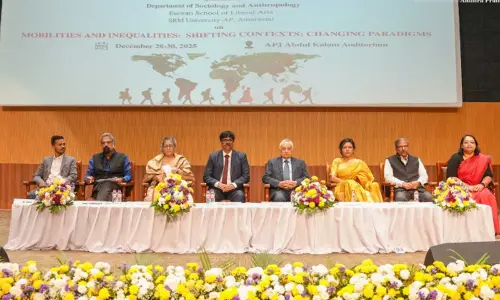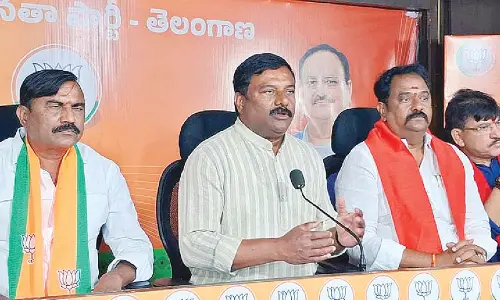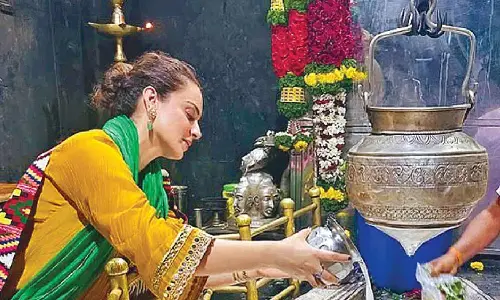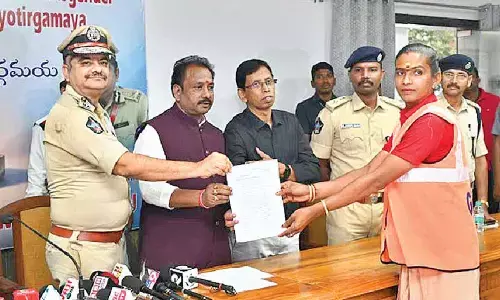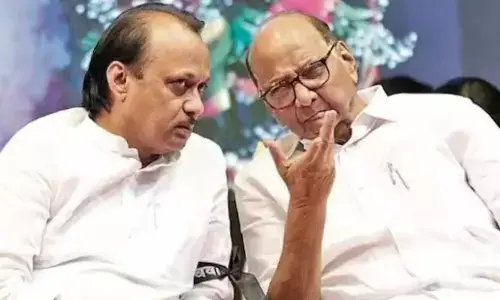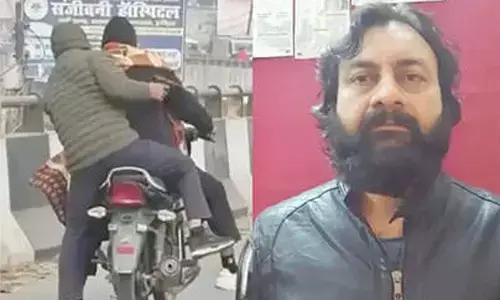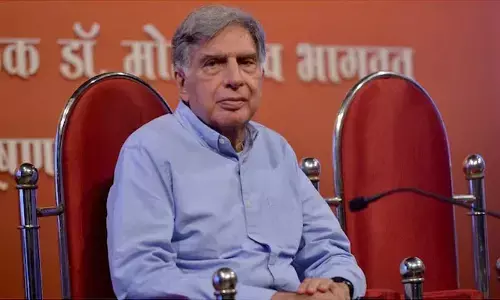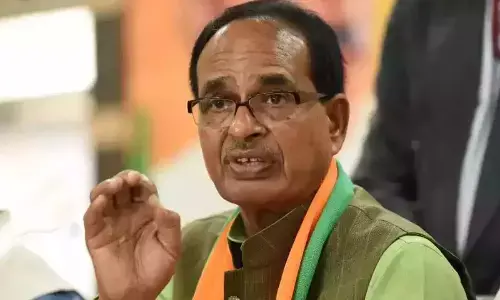Focus on social & urban therapy
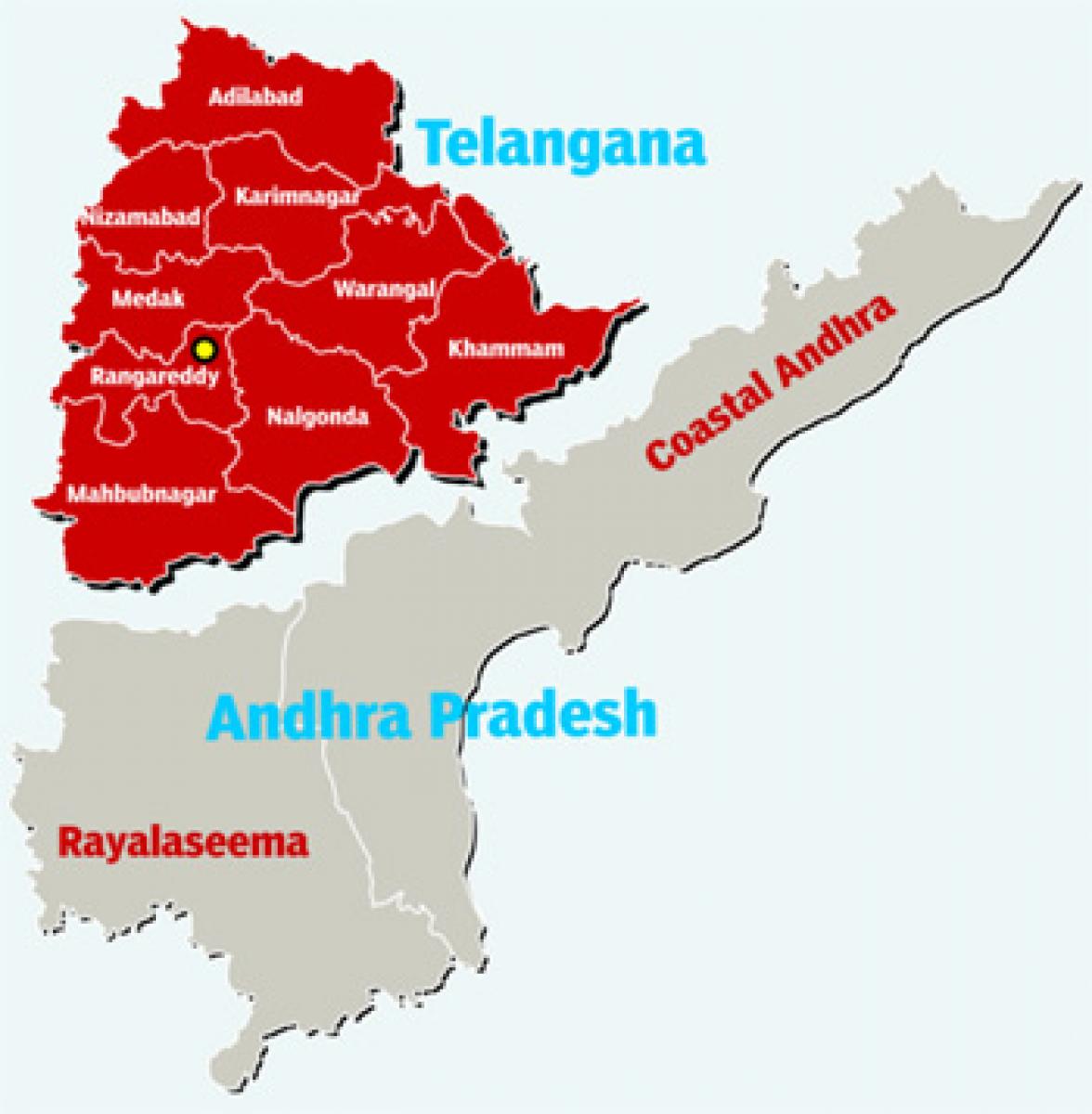
The two Telugu States, despite being progressive in many economic aspects, lag behind other South Indian States in terms of human development indicators. But, human development cannot be improved only by fiscal allocations. Outlays need to be translated into outcomes. The quality of delivery of educational and health services is a key aspect of development process
The two Telugu States, despite being progressive in many economic aspects, lag behind other South Indian States in terms of human development indicators. But, human development cannot be improved only by fiscal allocations. Outlays need to be translated into outcomes. The quality of delivery of educational and health services is a key aspect of development process
A Budget is not just a balance sheet of revenue and expenditure. Budgeting should not be an accounting exercise. Budget has more to do with political economy, and a socio-economic perspective has to drive the exercise of preparation and passage of the Budget. It’s, therefore, a significant public policy instrument to correct the prevailing socio-economic inequalities.
Precisely, this is the reason behind presenting the official assessment of Socio Economic Outlook along with the Budget in the State Legislature. This document is called Economic Survey in the case of the Central Budget. The tradition in Parliament is that the Economic Survey is presented to Parliament a day before the Budget presentation. In the case of State Budgets, the Socio Economic Outlook is presented along with the Budget.
However, only the Budget is debated and approved by the State Legislature. Thus, Socio Economic Outlook is like a diagnosis, while the Budget is the prescription. It is obvious that the prescription should be based on the diagnosis, but not on the whims and fancies of the doctor or the patient. Doctors are not swayed away by the populist prescription or patient’s wish list. But, in governance, it’s often the other way round.
Contrary to the assessment in the Socio Economic Outlook, the Budget estimates often reflect political assessment and populist pulls and pressures. As both the Telugu States are bracing for the new Budgets, it’s worth assessing the priorities of the people that should define the Budget estimates.
As the Socio Economic Outlook for the latest year will be available only along with the Budget, this appraisal is based on the social and economic indicators given in the document presented to State Legislatures along with the last Budget. The Socio Economic Outlook does not change so radically in just a year. There may be some changes in the exact statistics, but the overall situation remains the same.
Empower Socially Marginalised
Scheduled Castes (SCs) constitute 17.08 per cent and Scheduled Tribes (STs) 5.53 per cent Of Andhra Pradesh population. Similarly, the population of the Telangana State consists predominantly of backward classes and people belonging to the lower rung of the social ladder. Of the total population of the State, SCs constitute 15.44% and the STs 9.34%.
Thus, the socially marginalised communities should be the focus of public expenditure. Hence, implementation of SC and ST subplans is vital for development of the State. But, experience suggests that allocations are often diverted for other purposes. Outlays do not match outcomes. Even after spending crores in every budget, tribal hamlets do not have safe drinking water.
Tribal parents sell away their girl children. Often governments spend public resources for populist schemes aimed at alluring these marginalised sections as vote banks. Instead, budgetary resources should focus on creating an asset base for the SCs and the STs so that these families could earn livelihood with self-respect. Focus is needed more on education, health, sanitation, food security, nutritional security and other basic needs of the socially underprivileged population.
Tribal Telangana needs top priority
Meanwhile, Telangana is predominantly a tribal State. The percentage of ST population is higher than the national average of 8.6%. There has been a significant increase in the percentage of tribal population in total population from 2.81% in 1961 to 8.19% in 1981 and further to 9.34% in 2011. The increase is mainly on account of the inclusion of certain castes under the category of STs.
The social and economic backwardness is disproportionately high among the tribals and other deprived communities. Tribal development should, therefore, get the top priority in the Telangana Budget. In fact, the socially marginalised communities are also not homogeneous. There is a significant variation among different social groups within SCs, STs and OBCs, despite several features of common deprivation.
The internal differentiation should be taken into cognisance while allocating budgetary resources. For instance, the Most Backward Castes (MBCs) and hill tribals should get relatively higher priority within the SC and the ST sub-plans. As the Socio Economic Outlook 2015 of the Telangana government said, “The higher percentage of backward classes in total population casts a greater responsibility on the State government in terms of empowering and assisting them to come up to the level of other castes.”
Need for Urban Focus
The growth of the urban population has been witnessing a significant increase in Telangana. Urban population in the State grew by 38.12 per cent in the decade 2001 to 2011 as compared with 25.13 per cent in the preceding decade. In sharp contrast, rural population in the State grew by a modest 2.13 per cent as per the 2011 Census.
Andhra Pradesh is also witnessing a trend towards urbanisation, though there is a degree of difference. In Andhra Pradesh, the percentage of urban population to total population was 29.47 per cent in 2011 compared to 24.23 per cent in 2001 in the State. Therefore, the budgets need to focus on urban development, though the rural renewal continues to be government focus.
Invest in Human Development
The two States lag behind in human development indicators like literacy etc. For instance, in Telangana State, the literacy rate at 66.46 per cent is lower than the national average of 72.99 per cent. It is a matter of concern that the literacy rate is lower than those in some of the lower income States like Odisha, Chhattisgarh and Madhya Pradesh. There are also huge differences in the literacy rates of males and females.
While the male literacy rate is 74.95 per cent, the female literacy rate is much lower at 57.92 per cent. Improving the literacy rate in general and that of the SCs and STs, in particular, is a major challenge before the State government. The school dropout rates are 40.3 per cent for SC students and as high as 62.8 per cent among the ST students.
Andhra Pradesh also suffers from a similar state of backwardness in human development indicators like literacy. Literacy rate in Andhra Pradesh is 67.4 per cent as per 2011 population census. While the literacy rate in rural area is 62.4 per cent, in urban areas it is 79.2 per cent. Male literacy stands at 74.8 per cent while female literacy is at 60 per cent.
A number of health indicators in Telangana need to be addressed for improvement. In six out of ten districts of the State, the infant mortality rate (IMR) is found to be much higher than the national average of 40. The two States, despite being progressive in many other economic aspects, lag behind other South Indian States in terms of human development indicators. But, human development cannot be improved only by fiscal allocations.
Outlays need to be translated into outcomes. The quality of delivery of educational and health services is a key aspect of development process. Unfortunately, governments are focusing more on populism that yields immediate political dividends rather than investing in people for a sustained human development. This requires reinventing of the philosophy, structure and execution of the Budget. The Budget making should move away from routine incrementalism to innovative public financing.








